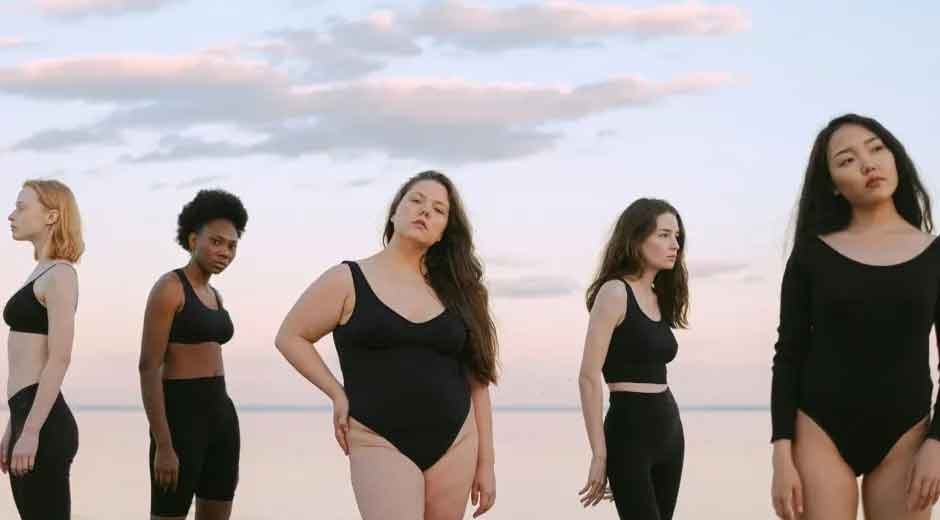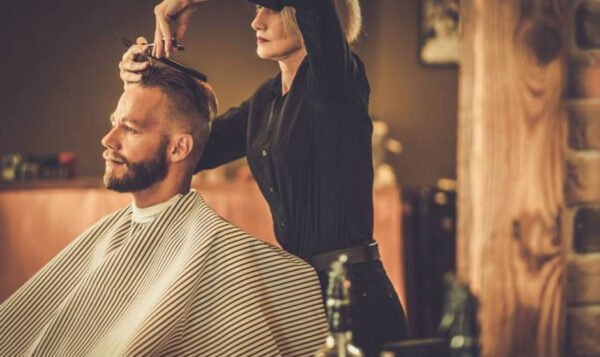The Evolution of Body Positivity in the Fashion Industry

Challenging Traditional Beauty Standards
For decades, the fashion industry has been shaped by narrow standards of beauty—typically favouring tall, thin models who conformed to a specific body type. This limited definition of beauty excluded a significant portion of the population, leaving many feeling underrepresented and undervalued. However, over the past two decades, the rise of the body positivity movement has sparked a powerful transformation in how the fashion world views and caters to diverse body types.
The Rise of the Body Positivity Movement
The body positivity movement emerged as a response to societal pressures and unrealistic beauty standards. Its core message is simple yet revolutionary: all bodies are worthy of love, respect, and visibility, regardless of shape, size, or appearance. This movement has encouraged individuals to embrace their bodies and challenge industries—particularly fashion—to be more inclusive and reflective of real people.
Social Media as a Catalyst for Change
One of the key turning points in the evolution of body positivity within fashion came with the rise of social media. Platforms like Instagram and TikTok gave individuals a stage to celebrate body diversity, share personal style, and call out brands that failed to be inclusive. As a result, more consumers began demanding authenticity and representation, prompting brands to reconsider their marketing strategies and sizing ranges.
Fashion Brands Embracing Inclusivity
Retailers and designers have started responding to this call for change. From inclusive runway shows to campaigns featuring models of varying sizes, ethnicities, and abilities, the shift is becoming increasingly visible. Brands like Savage X Fenty, Aerie, and ASOS have helped pave the way for inclusive fashion lines that prioritise real bodies and honest representation.
Celebrating Plus-Size Fashion
But true inclusivity goes beyond marketing—it also means offering stylish and high-quality clothing for people of all sizes. For plus-size individuals in particular, finding fashionable, well-fitted garments has long been a struggle. Fortunately, more brands are now rising to the challenge by designing with diverse body shapes in mind. One standout example is Froxx, a retailer that specialises in designer plus size clothing UK, offering trendy, high-quality pieces that empower wearers to express themselves confidently and stylishly.
Ongoing Challenges in Representation
Despite this progress, challenges remain. The term “plus-size” itself is still controversial, with some arguing that it reinforces division rather than promoting true inclusivity. Others point out that while more options exist today, the fashion industry still predominantly centres around standard sizing. Moreover, representation often lacks consistency, with tokenism sometimes replacing genuine diversity.
A Promising Path Forward
Still, the direction is promising. The growing presence of diverse models in advertising, fashion editorials, and runway events reflects a broader cultural shift. Fashion influencers of all sizes are gaining recognition and reshaping mainstream beauty narratives. These developments signal that body positivity is not a fleeting trend, but rather a long-overdue evolution that is here to stay.
Conclusion: Real Fashion for Real People
As the fashion industry continues to embrace body positivity, the focus must remain on authenticity, representation, and respect. This movement is not just about clothes—it’s about empowering people to feel good in their skin and see themselves reflected in the world around them. The future of fashion is inclusive, diverse, and unapologetically real.



